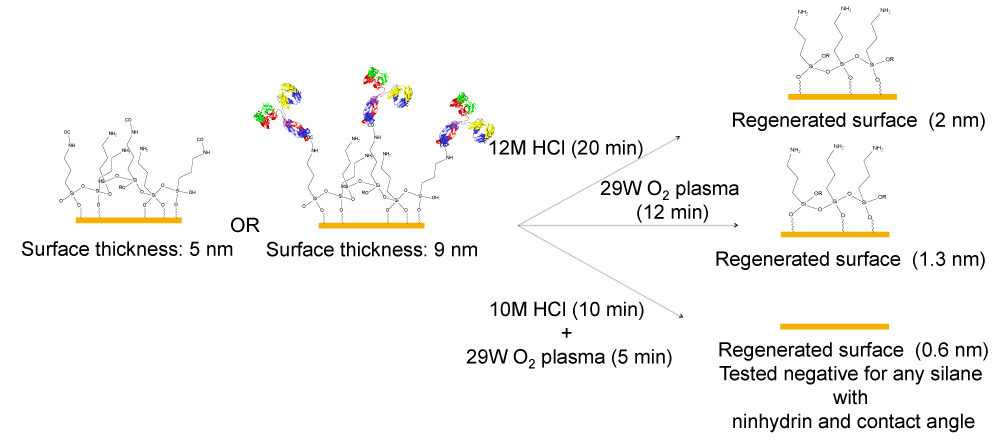Our Group organises 3000+ Global Conferenceseries Events every year across USA, Europe & Asia with support from 1000 more scientific societies and Publishes 700+ Open Access Journals which contains over 50000 eminent personalities, reputed scientists as editorial board members.
In a biosensor, the bioreceptor is designed to interact with the specific analyte of interest to produce an effect measurable by the transducer. High selectivity for the analyte among a matrix of other chemical or biological components is a key requirement of the bioreceptor. While the type of biomolecule used can vary widely, biosensors can be classified according to common types bioreceptor interactions involving: anitbody/antigen, enzymes, nucleic acids/DNA, cellular structures/cells, or biomimetic materials. An immunosensor utilizes the very specific binding affinity of antibodies for a specific compound or antigen. The specific nature of the antibody antigen interaction is analogous to a lock and key fit in that the antigen will only bind to the antibody if it has the correct conformation. Binding events result in a physicochemical change that in combination with a tracer, such as a fluorescent molecules, enzymes, or radioisotopes, can generate a signal.

Figure: Schematic representation of complete regeneration of the silane-functionalized Au surface by acid and/ or plasmolysis of the siloxane bonds. The surface was characterized with ellipsometry and Rutherford back scattering (RBS) analysis for detection of any residual APTES on the surface.